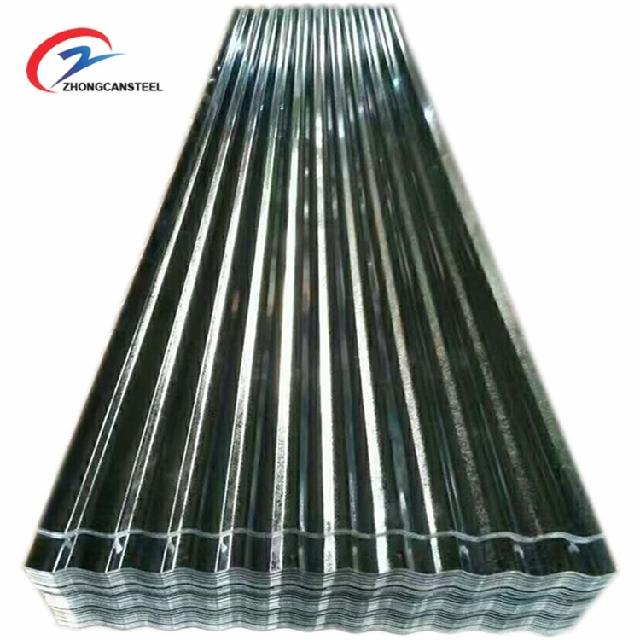版权所有 © 2018 山东中灿 ICP备案号:鲁ICP备16001552号-1 网站建设:中企动力 济南二分
ABOUT US
Tel: 0086-538-6315517
Fax: 0086-538-6315510
Phone:0086-15588577955
Adress:Hi-Tech Development Zone,
Feicheng,Taian,Shandong ,China.
E-mail:ella@zhongcansteel.com
PRODUCTS
websites
0086-538-6315517
Service Hotline
Talk about the common specification of steel plate thicknes
In the continental code, the compacted steel plate supporting the ground concrete is called the pressed steel plate.In foreign terms, pressed steel plate has a broader meaning, including the roof and walls of pressed color steel plate is called pressed steel plate, and the pressed steel plate supporting the floor concrete is called steel or floor support plate.That is to say, the pressure plate that mainland points to is equivalent to steel bearing plate or floor bearing plate.

1. Talk about the common specification of steel plate thickness
Profiling steel plate is made of cold rolled steel plate (coil), which commonly used specifications for steel plate thickness: 0.75 mm, 0.90 mm and 1.0 mm, 1.20 mm and 1.50 mm, the thickness of the steel plate is greater than 1.2 mm, its forming more difficult, more important is the stud can not weld fully reliable pressed steel plate and steel beam connection, so the biggest steel sheet thickness should not be greater than 1.5 mm, when used as a composite floor slab, "standard" regulation acuity 0.75 mm steel plate thickness.
2. Talk about the design requirements of steel plate surface coating
Cold-rolled steel sheets (coils) for the production of moulded steel sheets shall be continuously hot-dipped galvanized (or aluminized), the amount of which shall be determined by design requirements.When designed according to the non-composite floor slab, its requirements can be lowered, generally, the double-sided galvanized capacity is 175g/m2(180g/m 2) is enough, when designed according to the composite floor, the code for design and construction of steel-concrete composite floor structure (yb9238-92), the double-sided galvanized capacity is 275g/m 2.Higher coating requirements can also be used, such as galvanized for 300g/m 2, 350g/m 2 or zinc plating (5% aluminum) for 275g/m 2, 300g/m 2, etc., the higher coating use composite floor has longer durability, the same amount of zinc plating aluminum corrosion resistance is about twice the general hot dip galvanized.
3. Differences between composite floor slab and non-composite floor slab
The pressed steel plate is combined with the cast-in-place concrete (after reaching the strength). The pressed steel plate ACTS as a permanent template for pouring concrete during the construction phase, and plays the role of tensile reinforcement at the bottom of the plate in the normal use phase. The floor slab adopted in this design is called the composite floor.A floor slab of this design, which serves only as a permanent formwork for pouring concrete during the construction phase and completely exits the work during the normal use phase, is called a non-composite floor slab.
4. Easy to understand definition of unsupported span
During the construction phase, concrete flows and is considered only as a load.Molded steel plates must work independently to support concrete loads and construction loads.Under a certain floor thickness, the calculated span of pressed steel plate is unbonded span.The maximum span that the plate can bear is the maximum unsupported span.If there is no temporary support during the construction stage, the unbounded span of the pressed steel plate is the secondary beam spacing.Obviously, the maximum unsupported span of the molded plate must be larger than the secondary beam.





